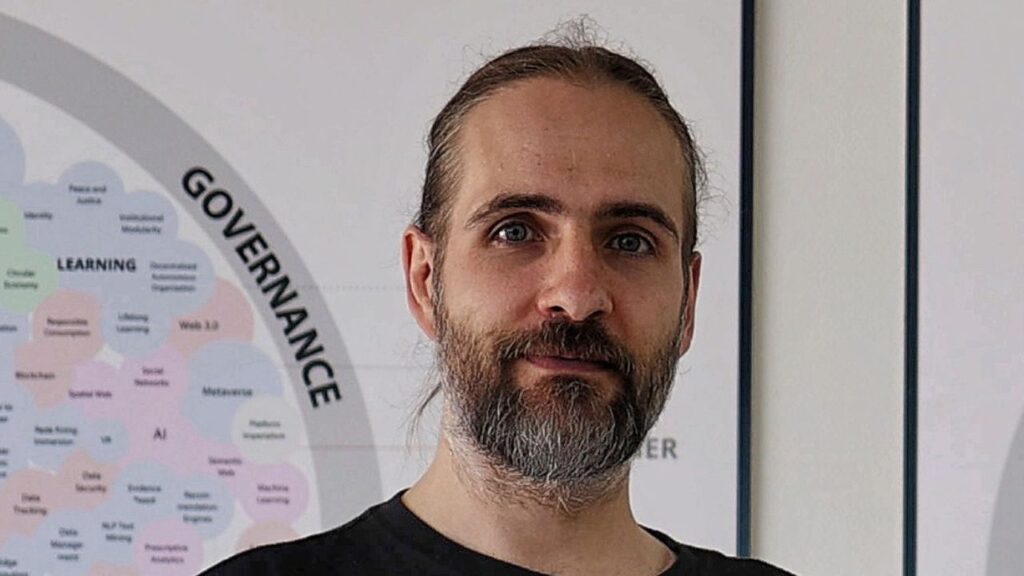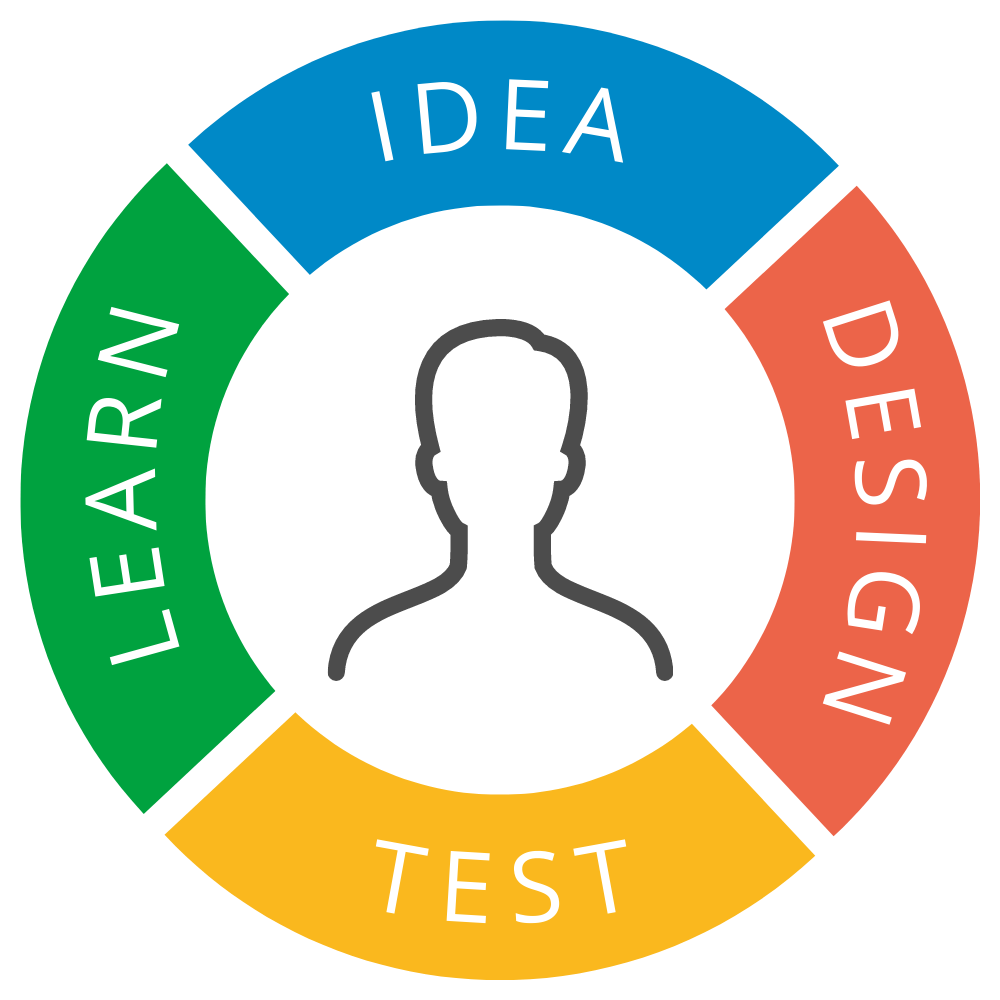
Kaspar Raats has been working nearly 9 years at Volvo where he started as an interaction designer, creating and testing different user interfaces for cars together with users. Today, Kaspar works at Volvo as a researcher.
What is your research area?
I am researching how to create trustworthy intelligent vehicles and mobility services. Building trust between man and technology, and the challenges related to it. My work mainly focuses on the context of technology use. Instead of testing trust in a laboratory, I study it in the cultural and social context of real life. For instance, using self-driving vehicles and the services they enable in cities, and the challenges arising from it.
What are these challenges?
One of the biggest challenges I research is how to design technologies that people would not only accept, but also use, and how to foresee the impact of these technologies on the society.
A certain parallel can be drawn with the arrival of micro mobility solutions like electric scooters. The purpose with the electric scooters was to reduce the number of cars on the roads, but instead, they became attractive for pedestrians. In addition, some pedestrians started to feel threatened by the scooters speeding pass them on the pedestrian roads. The increased number of accidents with these scooters also affect the healthcare system. Because of the problems that emerged, some cities began to restrict or even ban scooters. In other words, cities and companies did not cooperate and the credibility suffered.
How to prevent these problems?
Collaboration between stakeholders, and agreements between the local government, companies and residents play a big role here. Playing through possible speculative situations as computer simulations, and testing in different areas is helpful in mapping the problems. And we can’t escape from agreeing on responsibilities between the city and the innovators either.
In my work, I use a speculative design approach that helps to bring the necessary stakeholders together to explore different future scenarios without prejudice.
How to create new trustworthy autonomous technologies?
I see how the responsibility needs to shift from the user to the company who develops the technology. Certainly, the people who are influenced by these technologies should be involved in the development process. For example, using the principles of Responsible innovation – by bringing together the public, the cities, the industry, and the academy to develop trustworthy solutions.
I am concerned that the development of new technology often focuses too much on the marketing narrative and not enough on the problem we should solve.
I will talk more about these topics at the Refresh conference in Tartu on January 26.
You have been engaged in exciting research for 5 years now, but how did your journey as a designer and user experience researcher start?
I came into this field having previously worked in another field for about 8 years – mainly as a database administrator.
My wife suggested I read The Design of Everyday Things by Don Norman. This sparked my interest in the field of UX. From there, I went to study interaction design in Chalmers University of Technology in Sweden. After the university, I started working in this field professionally.
The network of people around me and good luck have played a big role on my journey, and also lead me to Volvo.
What advice would you give to someone wishing to get started in UX?
The most important thing is to get active, for example by reading about this field, taking courses. Study for a degree, if possible. Practice the knowledge you’ve gained. Find an internship, and a job. Network.
Unlike when I started, there are now great opportunities to study in Estonia, for example interaction design. You don’t always have to go abroad. Sometimes it may seem that there are better opportunities elsewhere, but a lot depends on the field itself and the company you find work at. It may happen that you end up at a company where you can only work with a very small part of the user experience. At the same time in Estonia, there may be an opportunity to practice design and user experience on a broader spectrum. As a beginner of course, it is worth grabbing different opportunities.
What are the qualities that a successful UX designer should have?
There are two main qualities in my opinion. Certainly, the ability to be empathic and have a drive to constantly improve yourself. To improve yourself both in the field of UX and in other areas that would support responsible innovation and creation of trustworthy and socially sustainable solutions.
What reading recommendations would you give? In the field of UX and more broadly. Please name some books.
“Invisible Women: Data Bias in a World Designed for Men” by Caroline Criado Perez.
“Experience Design” by Marc Hassenzahl.
“Technology as Experience” by John McCarthy & Peter Wright.
“The End of Average” by Todd Rose.
“Ruined by Design” by Mike Monteiro.
“Speculative Everything: Design, Fiction, and Social Dreaming” by Anthony Dunne & Fiona Raby.
“Thinking in Systems” by Donella H. Meadows.
“Rebooting AI” by Gary Marcus & Ernest Davis.
“Life 3.0” by Max Tegmark.
What would you say to conclude?
Let’s imagine Estonia at the forefront not only because of it’s e-Government but also thanks to UX. What if we could be a role model for others with our user experience design and research?

